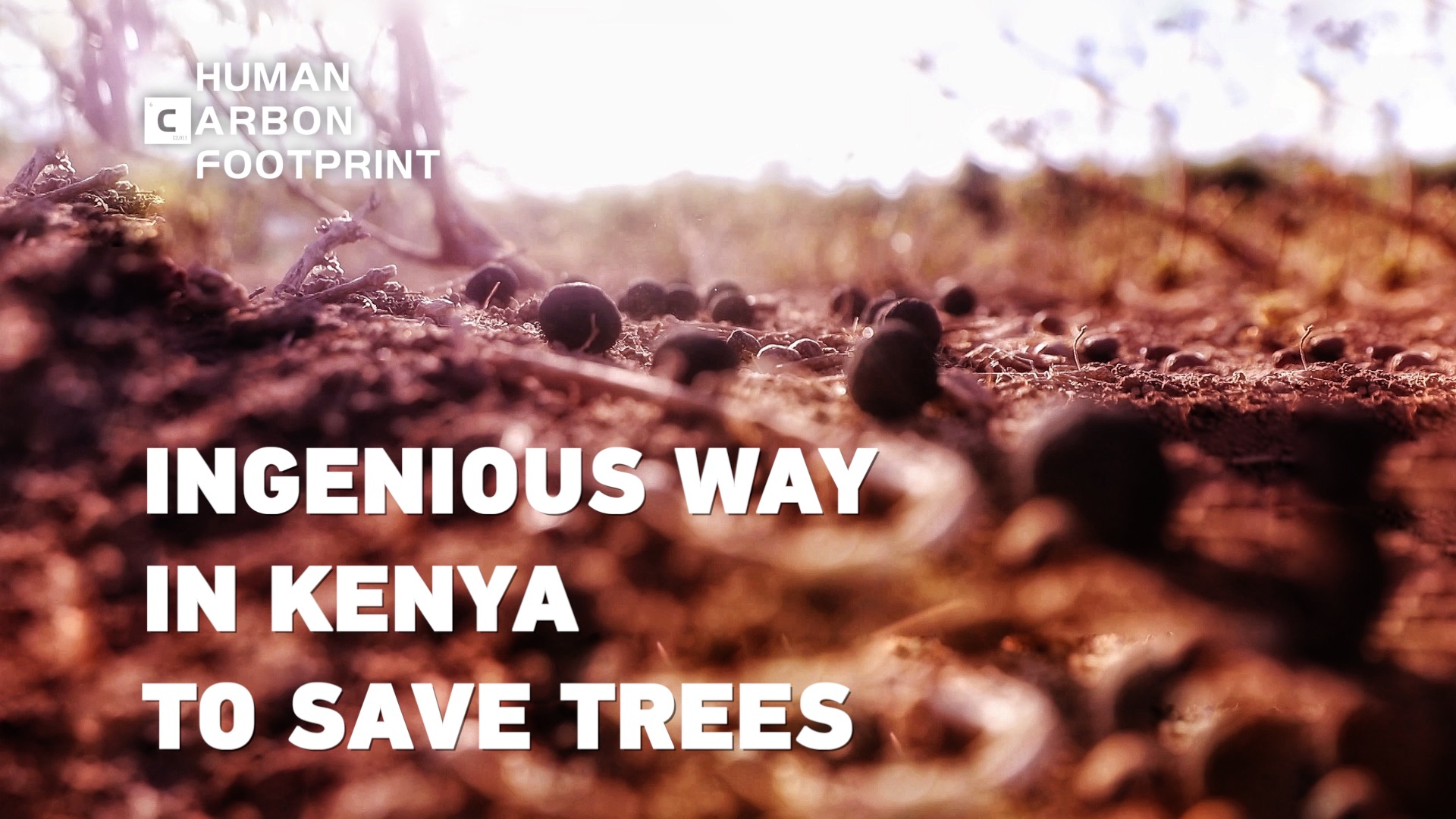04:01

Plants soak up sunlight and carbon dioxide to create their fuel in a process called photosynthesis, which also serves as a way for nature to capture carbon. Humans can capitalize on this process to reduce carbon emissions. But there's an issue – deforestation.
Like many other areas in Africa, Kenya loses thousands of trees every year due to an increasing demand for charcoal, as many people there can't afford or get access to electricity.
To reverse this loss, Teddy Kinyanjui, co-founder of Seedballs Kenya, is employing an ingenious way – seed bombing. And in this process, they take help from an unexpected ally: charcoal itself.
First, they identify the tree species that people are cutting down for charcoal. Then they coat that tree's seeds with charcoal dust and make them into balls, which are then spread out in areas hit by deforestation.
The carbon coat saves the seeds from being eaten by animals, but when it rains, the charcoal is washed down to become nutrients and the seeds begin to take hold.
The data from Seedballs Kenya shows that Kenya has only 7.4 percent forest cover, well under the 10-percent threshold recommended by the UN. Since 2016, over 26 million seed balls have been spread out with the hope to turn things around.
To know more stories about carbon neutrality, check out the rest of CGTN's documentary Human Carbon Footprint.